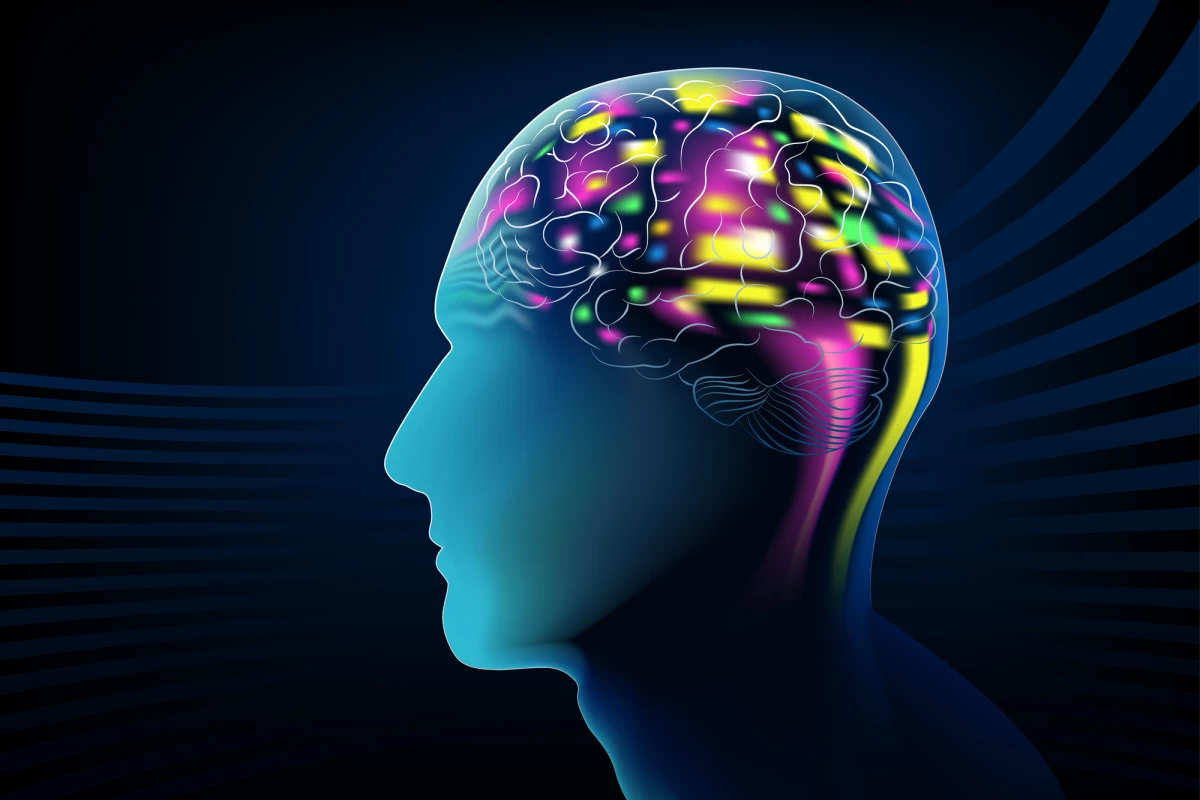Researchers from the New York University School of Medicine have developed a brain implant designed to detect pain sensations in real-time and deliver bursts of pain-relieving stimulation. The device is still deeply experimental but a new proof of concept study demonstrates it working effectively in rodent models.
In the world of brain implants the chasm between science fiction and reality is still quite vast. Apart from some exciting human tests showing paralyzed individuals with implants regaining a sense of touch or controlling computers with their mind, most research in the field is still nascent.
Animal tests have demonstrated incremental technological advances, such as pigs broadcasting neural activity or monkeys playing Pong. Now, an interface that can detect pain signals in one part of the brain and immediately respond with stimulation to another part of the brain targeted to relieve that pain has been developed.
The system is called a closed-loop brain-machine interface. These devices have previously been explored for detecting and treating epileptic seizures but this is the first time the system has been used to treat pain.
The experimental device proposed in the study interfaces with two brain regions. An electrode array detects and decodes pain signals in the anterior cingulate cortex, while an optogenetic system stimulates pyramidal neurons in the prelimbic region of the prefrontal cortex to provide pain relief. This creates a real-time neurofeedback loop suppressing pain as soon as it arises.
Jing Wang, senior author on the new study, says the automated nature of the system reduces the risk of overuse and tolerance because subjects have no control over activation of the pain relief. Plus, as the system focuses on inhibiting pain processing in the brain it shouldn’t be tied up with the opioid reward regions known to cause addiction problems.
In rodent tests the researchers report the device effectively detected pain sensations 80 percent of the time. This included a variety of different kinds of pain inputs, from mechanical or thermal pain to inflammatory and neuropathic pain.
The system was also effective at inhibiting a number of sensory and behavioral pain responses in the animals, suggesting it was indeed offering acute pain relief. One test, for example, showed the animals withdrawing their paws from a source of pain significantly more slowly with the implant switched on. This indicates the intensity of pain sensations are reduced by the device.
"Our findings show that this implant offers an effective strategy for pain therapy, even in cases where symptoms are traditionally difficult to pinpoint or manage," notes Wang.
Of course, this research is still deeply experimental and nowhere near some kind of real-world pain-relieving brain implant for humans. Aside from any physiological hurdles yet to be overcome in actually implanting this kind of technology into human brains, the researchers are frank about the challenges translating this idea.
Humans do not have clearly delineated areas of the brain that singularly manage and process pain, so more research will be needed to home in on the ideal regions to target detection and treatment systems. It is also inevitable that general brain stimulation of certain regions will have non-specific effects beyond pain control. So for this to be at all useful in humans the researchers will need to improve the specificity of the technology.
Nevertheless, this conceptual demonstration points to an incredible array of future possibilities for closed-loop brain implants tracking any number of different inputs in real-time and delivering instant therapeutic neuromodulation in response. Qiaosheng Zhang, lead investigator on the project, hypothesizes a system such as this could also treat many psychiatric disorders.
"Our results demonstrate that this device may help researchers better understand how pain works in the brain," says Zhang. "Moreover, it may allow us to find non-drug therapies for other neuropsychiatric disorders, such as anxiety, depression, and post-traumatic stress."
The new study was published in the journal Nature Biomedical Engineering.
Source: NYU Langone




